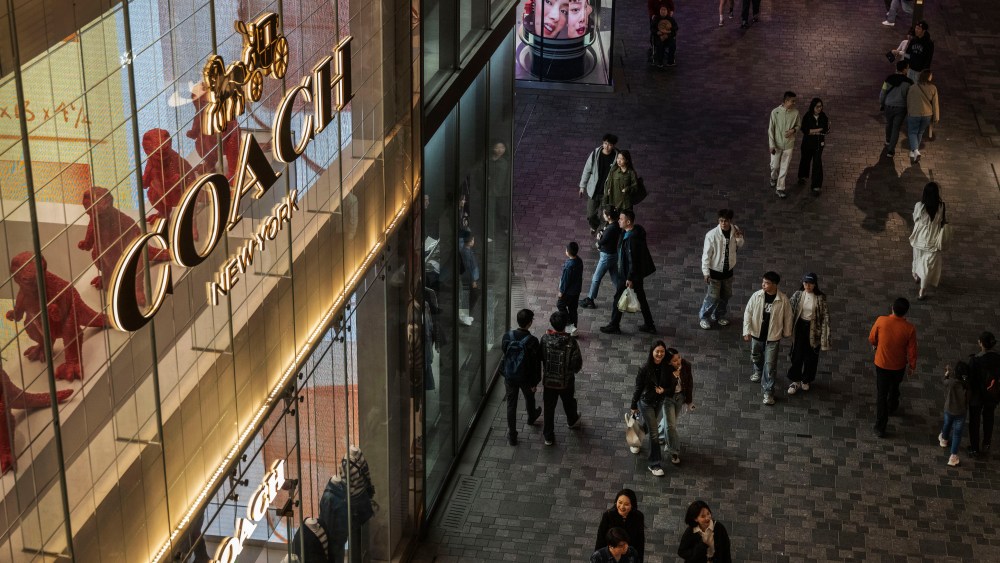China‘s GDP achieved moderate growth of 5.2 percent year-over-year in the second quarter of 2025, down from 5.4 percent in the first quarter, but outperformed the analysts’ consensus of 5.1 percent.
The moderate growth can be attributed to strong exports, which some analysts dubbed “front-loading,” or a surge of export orders by overseas companies as the U.S. and China resumed trade talks. According to the National Bureau of Statistics, exports rose 5.8 percent year-over-year in June, up from May’s 4.8 percent increase.
Last month the U.S. and China agreed on a basic framework to address trade restrictions on rare earths and semiconductors, which helped de-escalate trade tensions.
You May Also Like
Beijing is aiming for an annual growth of around 5 percent, an ambitious goal given weak domestic demand and deflationary pressure.
In the first half of the year, the world’s second-largest economy expanded by 5.3 percent, the NBS said Tuesday.
High-tech products remained a highlight of industrial output, with 3D printing equipment, new energy vehicles, and industrial robot production increasing by 43 percent, 36 percent, and 35 percent, respectively.
Retail sales grew 5 percent year-over-year to reach 245.4 trillion renminbi, or $34.2 trillion, for the first six months of the year. Online sales jumped 8.5 percent to 7.4 trillion renminbi, or $1 trillion, during the period.
Sales of apparel, footwear and knitwear increased a moderate 3.1 percent, while sales of cosmetics increased 2.9 percent. According to Jefferies, considering this year’s 618 online shopping festival, which ran from mid-May to June 18, the combined growth for beauty sales for May and June was 1 percent.
Jefferies noted that in previous quarters market share has skewed toward domestic names, but global brands seem to be regaining lost ground.
With “emotional spending” making headlines in local news, sales of consumer sports and entertainment goods increased 22.2 percent, and sales of gold and silver jewelry increased 11.3 percent in the first half.
“It’s certainly possible we could see further expansions of the trade-in policy. Reports are that much of this year’s quota has already been used,” wrote ING’s Lynn Song, referring to China’s government subsidy for household appliances and communication products, which grew 30.7 percent and 24.1 percent in the first half, respectively.
“The question then turns to whether the rest of the consumer market is strong enough to keep consumption growth solid,” Song added. “The outperformer ‘eat, drink, and play’ categories such as catering, which grew 0.9 percent in June, as well as alcohol and tobacco, which fell 0.7 percent in June, from the past few years, have softened. They are dragging on growth this year.
“While consumers are responding to price incentives in the form of the trade-in policy, there remains an overall sense of caution in expanding discretionary consumption. Stabilizing asset prices and restoring wage growth remain important milestones for a more sustainable recovery of confidence,” wrote Song.
According to the NBS, nationwide per capita disposable income grew 5.3 percent to 21,840 renminbi, or $3,048.10, in the first half of 2025.


